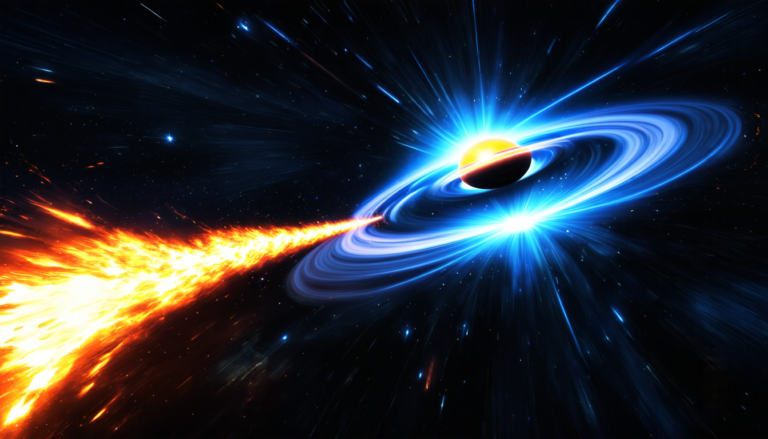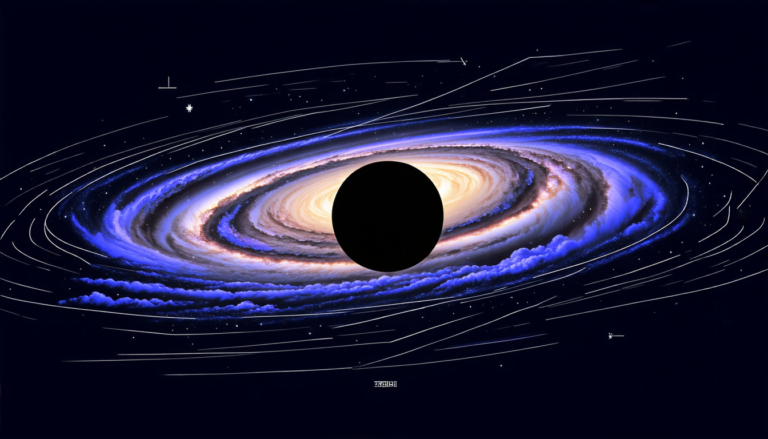Wednesday 02 July 2025
Scientists at CERN’s Large Hadron Collider (LHC) have been working on a cutting-edge tracking system, designed to improve our understanding of the universe. The Inner Tracking System (ITS2), part of the ALICE experiment, uses tiny sensors called Monolithic Active Pixel Sensors (MAPS) to track particles produced in high-energy collisions.
The ITS2 is an upgrade from its predecessor, with seven concentric layers of MAPS sensors covering a total area of about 10 square meters. Each pixel on these sensors measures just 27 micrometers by 29 micrometers – roughly the size of a grain of sand. This level of precision allows scientists to track particles with incredible accuracy.
The ITS2 is particularly useful for studying heavy-ion collisions, where particles are produced at extremely low energies. By tracking these particles, scientists can gain insights into the fundamental nature of matter and its behavior under extreme conditions.
But how does it work? The MAPS sensors are connected to a network of processors that analyze the data in real-time. This allows scientists to monitor the detector’s performance and identify any issues or anomalies. The system is designed to be highly efficient, with each pixel capable of processing data at incredibly fast speeds.
One of the key challenges faced by the ITS2 team was ensuring the sensors could withstand the intense radiation environment inside the LHC. To achieve this, they developed a special type of silicon that can resist damage from high-energy particles.
The ITS2 has already been put to the test in several experiments at the LHC. In one recent experiment, scientists used the detector to study lead-lead collisions at energies never before achieved. The results have provided valuable insights into the behavior of quarks and gluons – the fundamental building blocks of matter.
The ITS2 is just one part of the larger ALICE experiment, which aims to uncover the secrets of the universe through the study of high-energy collisions. By analyzing data from the detector, scientists hope to gain a deeper understanding of the fundamental forces that shape our world.
In addition to its scientific significance, the ITS2 also showcases the incredible technological advancements made possible by international collaboration. The project involved researchers and engineers from over 30 countries working together to design and build the detector.
As we continue to push the boundaries of human knowledge, projects like the ITS2 remind us of the power of international cooperation and the importance of investing in scientific research.
Cite this article: “The Inner Tracking System: A Cutting-Edge Detector for Unraveling the Universe’s Secrets”, The Science Archive, 2025.
Large Hadron Collider, Particle Tracking, Monolithic Active Pixel Sensors, Maps, Inner Tracking System, Its2, Alice Experiment, High-Energy Collisions, Quarks, Gluons







